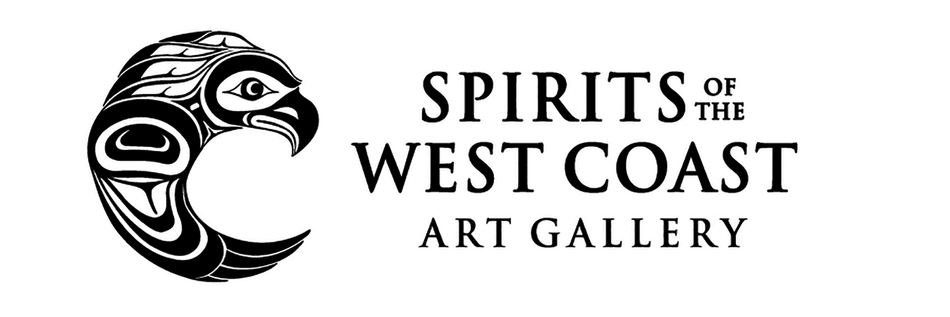Webb Bennett of the Gitselasu First Nations near Terrace in northern British Columbia has heard stories about what it was like for his people to survive a winter that locks in with six months of harsh weather, including -50C wind chills.
“Living in a lush part of the country, we didn’t have to travel like the Inuit, continuously chasing our food,” says the interpreter at the community’s heritage centre.
“But still, starting with the very first signs of spring, we lived our entire lives preparing for the next winter.”
Many of the Gitselasu’s winter provisions appeared on their doorstep via the mighty Skeena River where they lived in communities, housed in cedar longhouses.
The men fished for salmon and hunted for elk and caribou while women harvested berries and plants for food and medicine. Everything was smoked or dried to last through the cold season.
“We trapped furs during winter when they were thicker and warmer for clothes and blankets,” says Bennett. “But winter was mainly our time to hunker down and feast, sing, dance and tell stories that taught our children about our culture and language.”
This became a familiar refrain as I spoke with aboriginal elders, educators and guides clear across Canada about how indigenous people historically survived winter.
Summers were about harvesting and preparation. Winter meant down time in which to pass on important ancient knowledge that allowed people to sustainably (and often cleverly) use whatever nature gave them to stay warm, fed, sheltered, safe and mobile.
Meanwhile, back in BC’s interior Okanagan region, semi-underground pit homes called “kekulis” were, literally, the winter digs of the Secwepemc, or Shuswap, First Nation. A five-foot-deep hole was dug and a wooden frame with retaining walls was built inside.
“Dirt then covered the framework and grass would grow,” says Tanner Quanstrom, who works at Quaaout Lodge which is located on First Nations land along Shuswap Lake’s shore.
Each kekuli had a food cache and separate entrances for women, at the side, and for men, on top. “Men would first climb a ladder to peek outside to make sure it was safe for the family to go out,” explains the lodge’s cultural coordinator.
Outside the kekuli, fire keepers stoked the communal fire pit. During the day and at night, even when families were fast asleep, fire keepers carried red-hot rocks on antlers into the pit house and placed them in a central location “keeping the place cozy, warm and smoke free.”




